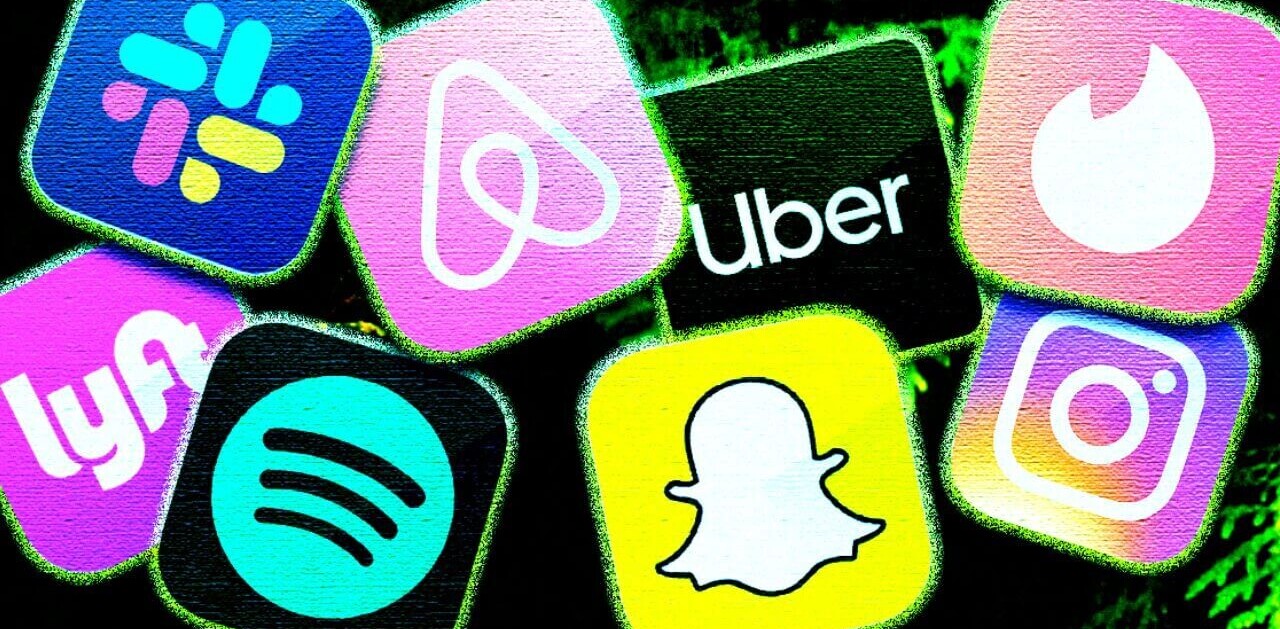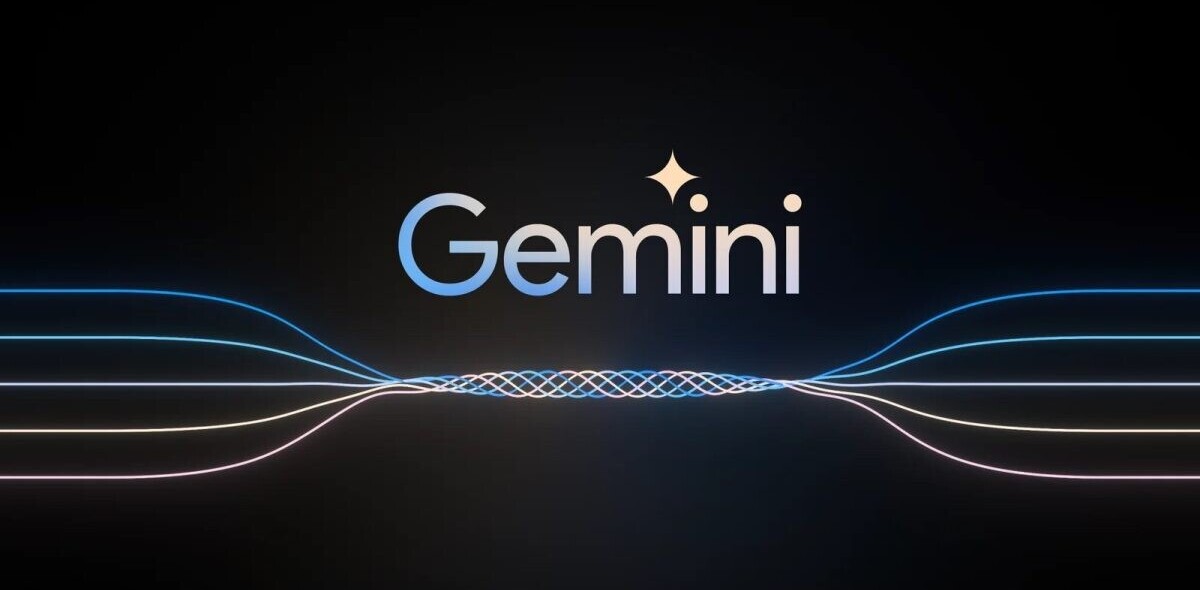
At the Nordic Exceptional Trendshop (NEXT) conference in Aarhus, Denmark yesterday, we were treated to some thoughts about the future from Tom Uglow, a Creative Director based at Google’s Creative Lab in London.
Here are seven ideas he has for future tech innovations. It’s worth noting that Google isn’t necessarily working on these, but it shows some of the ideas that float arounds in the heads of Googlers.
1) Eye-tracking to target ads: A device would track your eye movements on the screen as you used the Web, and serve up ads relevant to exactly what you were reading at that moment.
2) Ads as apps: HTML5-powered banners ads that are actually Web apps in themselves, performing functions that help a user in some way relevant to the advertiser.
3) Ad network loyalty programs: Ads will become even more personal and exclusive.
4) User-led ‘advertainment’: Online ads could become stories that would unfold at the users’ pace.
5) User-focused microdonations systems: Charitable donations for small amounts can become substantial if the barrier to donation is reduced by making it easy to do, increasing the number of people who donate.
6) Personal data streams about your body: Gadgets such as your mobile phone will provide you with automated information – your pulse, temperature, location, blood sugar, and the like, pushed to you as you need it.
7) Geolocation and time-based arts: The arts sector will begin using technology in new ways to enable mobile participation and new forms of drama. For example, theatres could use near field communication and GPS to enhance their performances and influence the way they’re presented to individual audience members.
Get the TNW newsletter
Get the most important tech news in your inbox each week.





